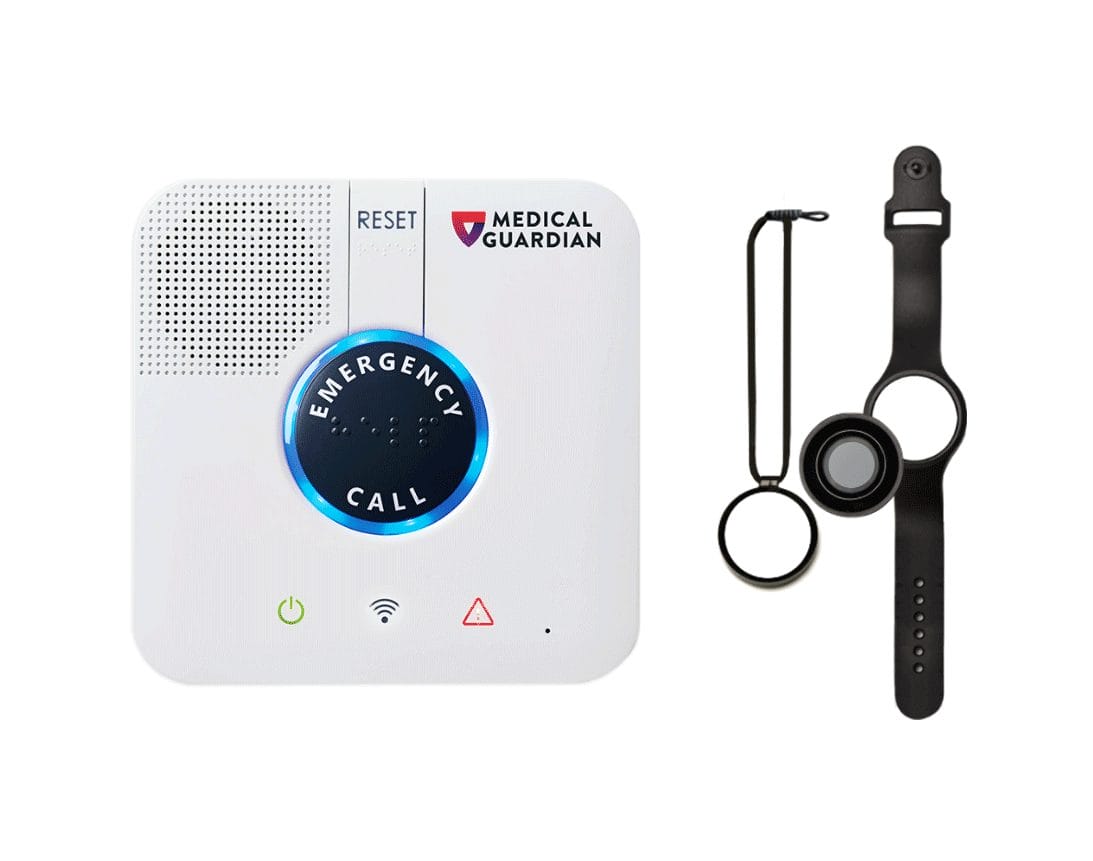
In today’s world, older adults who receive Social Security benefits need to be aware of how scammers try to swindle people by attempting Social Security fraud. Government impersonation scams affected more than 3,000 people aged 60 and over, according to the FBI’s Elder Fraud Report, resulting in more than $100 million in monetary losses. Some of these government impersonation scams were a form of Social Security fraud.
In this article, we’ll describe common types of Social Security fraud, including the methods that scammers use to contact people, the fraudulent stories they tell to illegally access seniors’ money and personal information, and ways to avoid and report these kinds of scams.
Social Security benefit suspension or termination scam
In this scheme, scammers may call, email, or text Social Security beneficiaries to try to trick them into providing their personal information and sending money by claiming the person’s Social Security benefits will end if they don’t take immediate action. This communication appears official because scammers often disguise their phone numbers to look like they come from the Social Security Administration (SSA) and use official-sounding voices and names. Scam emails might appear to come from an official SSA email address or include attachments with pictures of official-looking logos or an SSA employee’s government identification.
These scams use serious language, threatening to suspend or terminate a person’s Social Security benefits unless the individual sends money or divulges personal information. The message or call might instruct the recipient to visit a web page (which is fake) and enter personal identifying information or pay with a gift card.
Social Security records and services scam
Some scammers contact Social Security beneficiaries claiming to have discounted prices for replacement Social Security cards or an “official” record of their Social Security contributions. Some scammers might offer to enroll or re-enroll you or a family member into Social Security benefits for a fee. The Social Security Administration does not charge for replacement cards or benefits enrollment, so anyone asking for money is a scam. The SSA has some small fees associated with obtaining copies of certain records in very specific situations. They do not charge a fee for searching a system of records, and they often provide copies of records at no cost. You can look at the SSA’s fee schedule to learn more. If you receive communication about Social Security records, you can hang up and call the SSA directly to find out whether the claim and associated fees are legitimate.
It is also common for scam callers to claim there is a problem with an older adult’s Social Security number and they need more information to resolve it. Scammers might claim that your Social Security number has been linked to criminal activity, and they need you to confirm the number so they can issue a new one. Scammers can use this information to contact the Social Security Administration and change the address, direct deposit information, and phone number on the account to steal your benefits.
Social Security investment or benefits increase scam
This type of Social Security scam involves a fraudster claiming they have an opportunity that will increase a person’s Social Security benefits. Swindlers will insist that the person pay a fee or provide the caller with personal information to receive a benefit increase. In reality, when a person falls victim to this type of scam, they give the scammer money or their personal information, which the scammer can use to steal their money or commit other criminal acts.
While the SSA may increase Social Security benefits at the end of each year due to the cost of living adjustment (COLA), beneficiaries do not need to take action to receive their increase in benefits. The SSA mails each beneficiary an award letter stating their individual monthly benefit for the following year once it determines the benefit increases based on the COLA. These increases are automatic and require no action from beneficiaries.
How to recognize Social Security fraud
Social Security benefits provide more than half of the monthly income for 37% of men and 42% of women over age 65, so it’s no wonder that many seniors take communication about this critical benefit very seriously. Scammers know this and use people’s fear to their advantage. Contact from someone claiming to be from the SSA that seems scary or threatening indicates a Social Security scam. Scammers stoke fear, knowing that when a person is scared, they’re more likely to comply with outlandish requests. Understanding this is the first step to recognizing a Social Security scam.
Next, consider the four P’s as the basic signs of a Social Security scam: pretend, problem/prize, pressure, pay. Let’s explore what these four P’s mean and go over examples of each.
Pretend
In Social Security scams, someone is pretending to be from the SSA. They’re hoping to establish themselves as an authority figure you will listen to. Examples of this include:
- • Text messages or emails with an employee’s official government identification card.
- • Letters or emails that contain your personal information.
- • Direct messages from the SSA on social media.
- • Official-looking documents in the mail claiming to be from the Social Security Administration.
- • Use of the names of legitimate government organizations.
- • Altered phone numbers that appear to be law enforcement or the Social Security Administration.
The SSA will never send photos of ID cards or contact you via social media. Any other contact they make will not be threatening. If you receive communication that is threatening in nature or is about these “issues,” it may be a scam.
Problem or prize
The scammer may present a situation in which there is a problem with your benefits or you stand to gain some sort of prize or increased benefit. They might tell you that:
- • You received an overpayment from the SSA and need to pay it back.
- • Your benefits can increase.
- • Your Social Security number may be suspended.
- • Your Social Security benefits could be terminated.
- • You can get a discounted Social Security replacement card.
The SSA will never charge you for a benefits increase or replacement card. They will not suspend your Social Security number. If you owe money to the SSA, they will mail you a letter with payment options, never requiring specific payment methods like gift cards, cryptocurrency, or cash. It may be a scam if you’re presented with one of these situations.
Pressure
The scammer applies pressure to the situation and insists or demands that you take action immediately to avoid a consequence. This consequence might be losing or decreasing your benefits, arrest, or other legal action. The scammer might threaten to:
- • Arrest you.
- • Suspend your benefits.
- • Seize your bank account.
- • Pursue other legal actions.
The SSA will never threaten you with arrest or legal action. They cannot seize your bank account. Pay attention to whether the communication you receive makes you feel pressure to take action immediately to avoid a consequence. Because legitimate communication that the SSA sends to people does not apply pressure to beneficiates, feeling pressured is a red flag that you may be the target of a scam.
Pay
A scammer may try to make you send money to them. They might:
- • Require that you make a payment using a gift card, a cash payment by mail, or a wire transfer.
- • Ask you to visit a web page to confirm or supply your personal information. In this case, you’re “paying” with your identifying information, which they can use for illegal gains.
Again, the SSA will never require specific payment methods. They will not charge you for replacement cards, benefits increases, or enrollment services. They will never email you asking for personal information.
Remember that the scammer will attempt to apply pressure on you by demanding immediate action to avoid a consequence, which is intended to make you feel scared. Fear can prompt a person to make choices they normally wouldn’t, so this tactic is particularly tricky.
If you receive communication that makes you feel threatened or afraid, that is a signal that you may be the target of a scam. The Social Security Administration will never threaten or demand that a person act immediately.
If you receive communication that appears to be from the SSA, you should call 1-800-772-1213 to find out whether it is legitimate. You can also set up a My Social Security account online. This is an official account with the SSA where you can log in securely to check your benefits online anytime.
What to do and how to report Social Security fraud
After getting contacted by a scammer, you should protect yourself from future harm. Do the following to keep yourself safe:
- • Remain calm. Scammers want to elicit an emotional response, so keeping your wits about you is essential.
- • Hang up the phone or avoid clicking on links or opening attachments.
- • Do not offer any personal information to the scammer, even if they have some of your details.
- • Contact the Social Security Administration for a replacement Social Security card or a new Social Security number.
- • Call all three credit bureaus and add a fraud alert to your credit report.
- • Report the Social Security scam to the Office of the Inspector General at oig.ssa.gov/report.
Reporting a Social Security scam is important. Reporting fraud helps the Social Security Administration and the Office of the Inspector General collect data that can protect others from similar scams.
Older adults are often the target of scams, with Social Security scams making up a fair part of fraud reports. Losing hard-earned money while on a fixed budget will make paying living expenses and senior care costs harder. Knowing how these scams work, how to spot them, and what to do if you’ve fallen victim can help protect your personal information and money.








